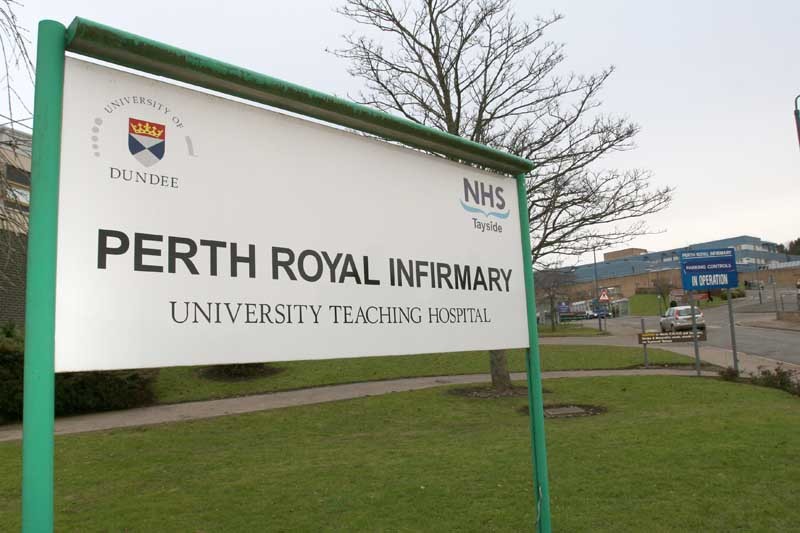A respected former senior consultant from Perth Royal Infirmary has lifted the lid on the low morale and climate of fear which is threatening to rip apart the NHS.
John Blair, who worked at the hospital for 25 years, said staff shortages and budget cuts are being exacerbated by unnecessary layers of bureaucracy and top heavy management structures.
He spoke exclusively to The Courier after we outlined proposals to launch an in-depth probe into the state of the NHS.
With fears over future funding, dirty wards and question marks over the quality of care on offer, some have suggested the service is in a critical condition.
Mr Blair admits the picture is far from rosy but insists all is not lost.
“In my opinion, and in that of many colleagues, the biggest thing which can be done to cut costs and to obtain a better hospital service is to get rid of the multitude of managers,” he told The Courier.
“I saw this coming before I took early retirement when I phoned a lady senior nursing officer about a problem on the wards and she replied, ‘Mr Blair, I am a nursing manager, I have no time to go on to the wards.’ ”
Mr Blair clearly feels such a response underlines the problems facing the NHS.
He also said one did not have to look far for a graphic illustration of the issue.
“The whole end block of PRI was once used as A&E, outpatient clinics and X-ray,” he explained.
“Since managers appeared, every room is occupied by a manager.”
Mr Blair retired in 1990 but continued active work with the British Medical Association at both local and national level until recently.
Over the years, he has seen a steady increase in bureaucracy and an attendant decrease in morale.
Mr Blair described how many nurses were becoming increasingly concerned over their job security instead of being left to concentrate on caring for their patients.
“I was in PRI recently and two senior nurses spoke to me,” he continued.
“They remembered me from the pre-manager NHS days. They were anxious about nurses losing their jobs.
“Both also feared the managers who run the show in numbers far in excess of what is needed will make the decisions.
“They said the managers would ensure they could keep their office jobs but reduce nursing staff.”
Mr Blair suggested the NHS created with the motto “from cradle to grave” should introduce a new slogan of “get the managers off our backs.”
“Medical hospital staff now have to spend hours filling in boxes. Their morale is bad and many now look for early retirement,” he said.
“I know for a fact many people within the health service feel the same but are loath to say so publicly.”
